 Paul Beranger is an Australian designer, planner and marketer with over 45 years’ industry experience, who has spent his professional career creating things automotive.
Paul Beranger is an Australian designer, planner and marketer with over 45 years’ industry experience, who has spent his professional career creating things automotive.
Having commenced as a cadet designer at GMH in 1968, before moving to Nissan, he has experienced both Japanese and western business practices and design cultures first-hand.
His establishment of a local design capability at Nissan came at a time of extensive model rationalisation under the ‘Button Plan’, which challenged Australian-based automotive manufacturers and component suppliers to think differently about their future direction and business objectives, in terms of local models and manufacturing.
Nissan also provided him with the opportunity to establish the company’s Special Vehicles Division, designing and building limited edition production performance vehicles. The division’s success culminated in its localisation of Nissan’s awesome GT-R, linking production projects to the company’s Group A motorsport programs.
Following Nissan’s plant closure in 1992, he spent an extensive period as Design Manager with independent studio Millard Design Australia, developing a range of diverse international and local automotive customer programs, as far afield as China, Indonesia, Korea, Russia, South Africa and the US.
In 1998, as a Director of aXcess australia, his design team worked in collaboration with over 130 Australian component companies, achieving this country’s most ambitious and successful overseas automotive marketing campaign.
Paul joined Toyota Motor Corporation Australia in 2002 in the newly-created role of Manager, Design and Development. He recruited a team of designers, CAD engineers and technicians, and established a world-class design complex, supporting Toyota’s local, regional and global vehicle programs.
He retired in 2012 and has consulted since then, as well as exercising his passion for motorsport and restoring classic cars.

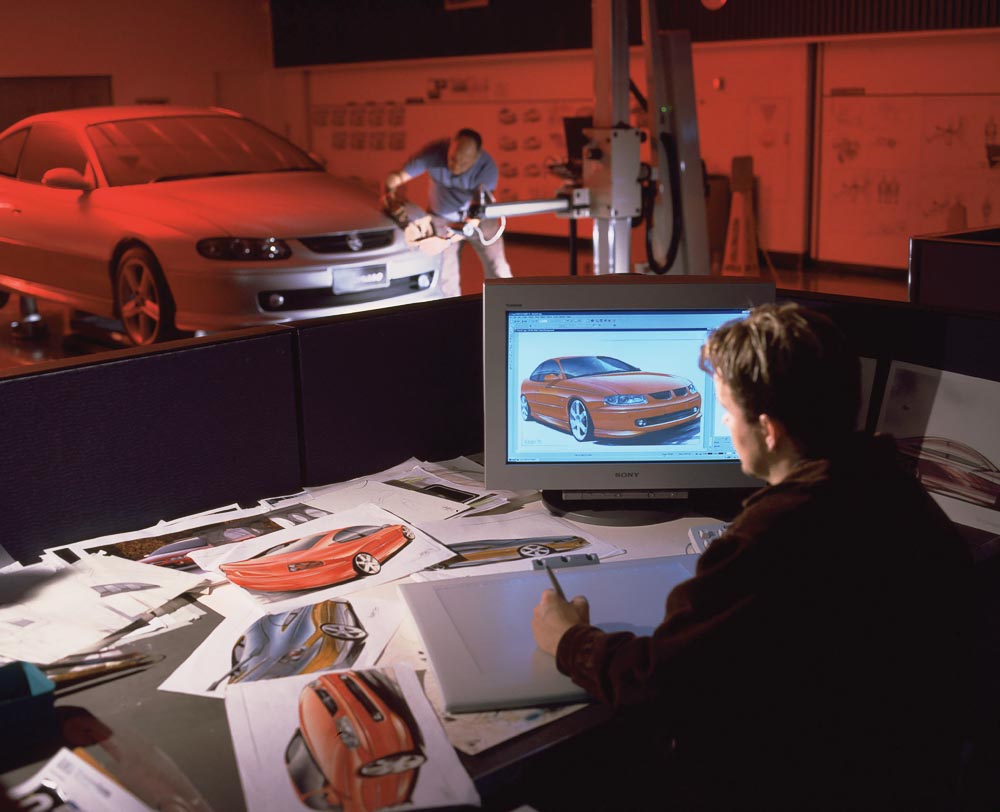
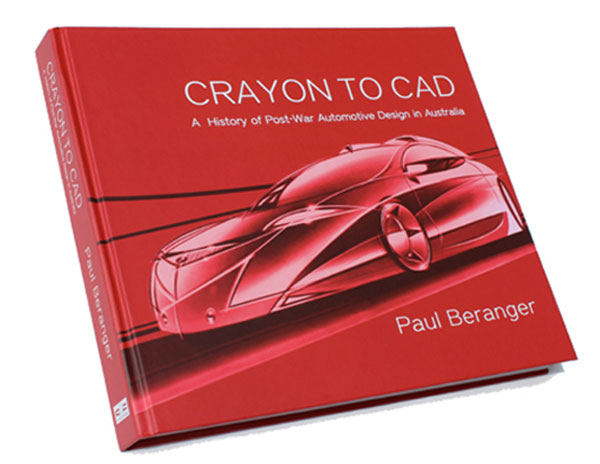

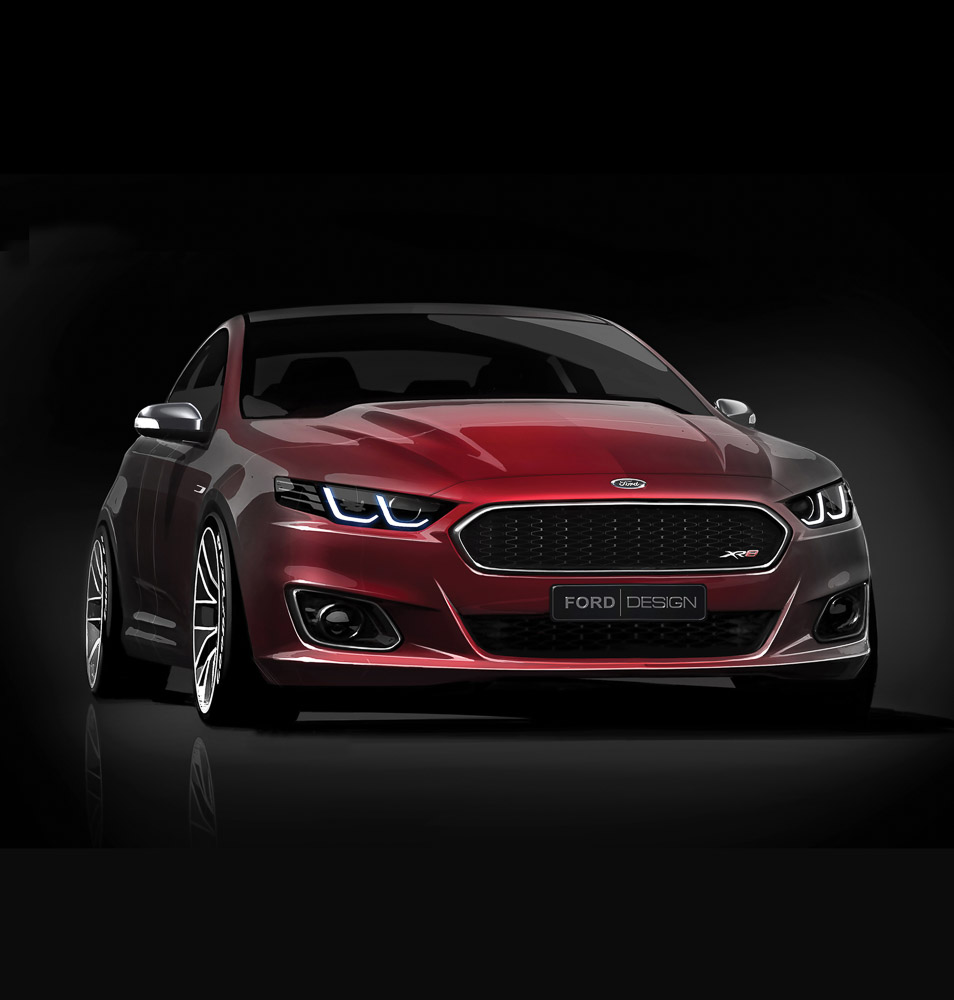
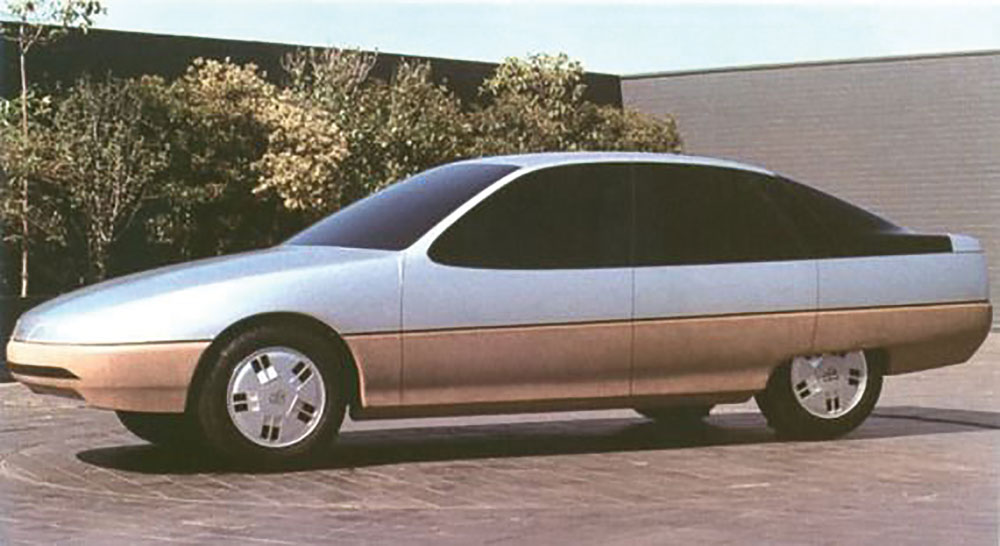
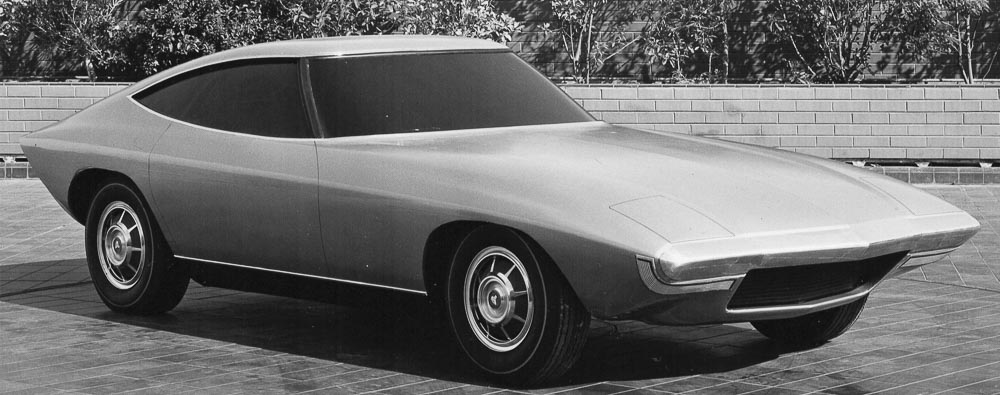
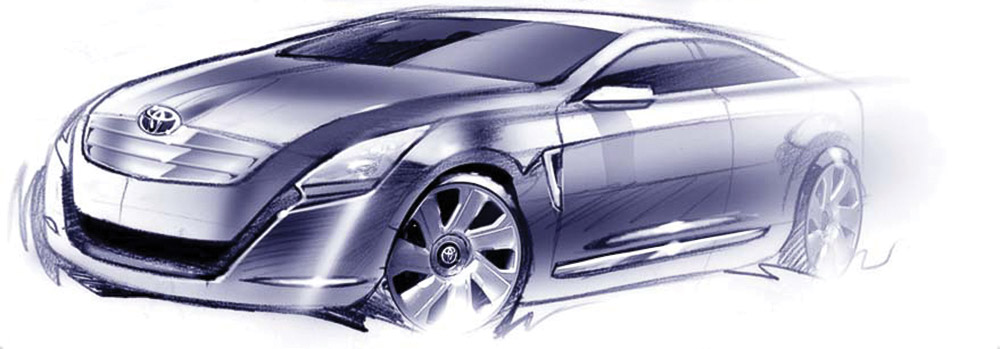
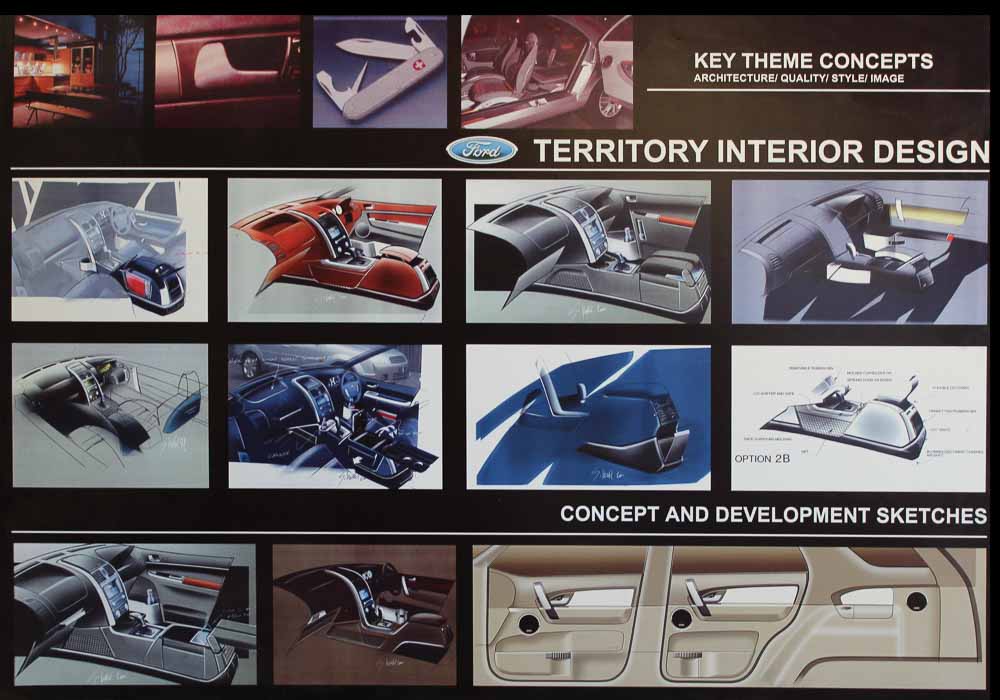
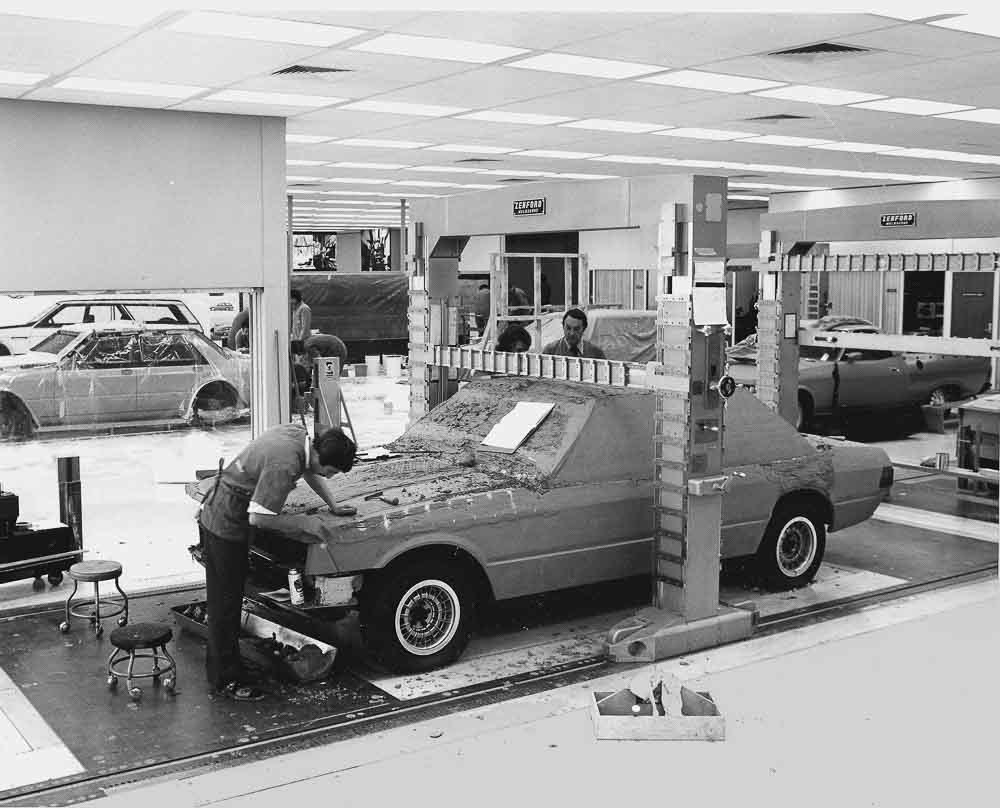
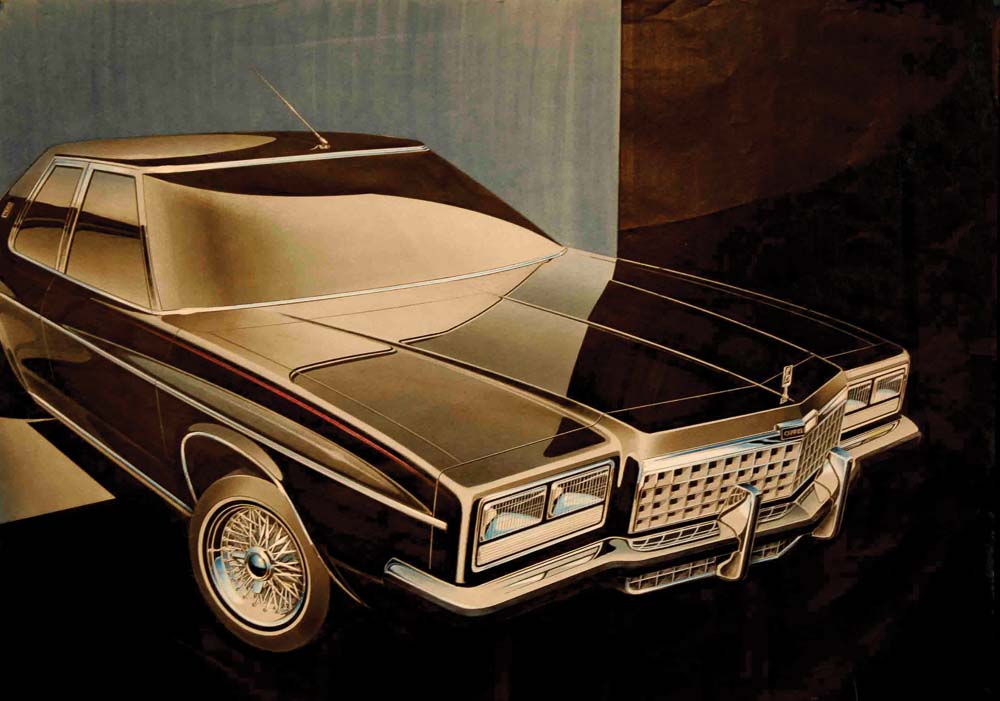
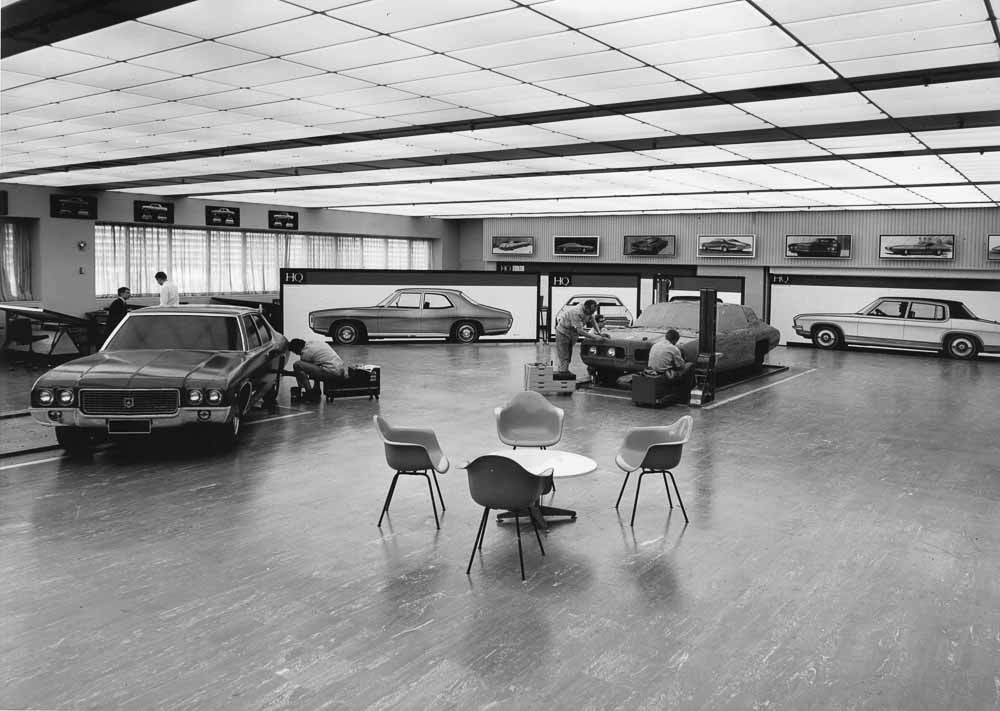
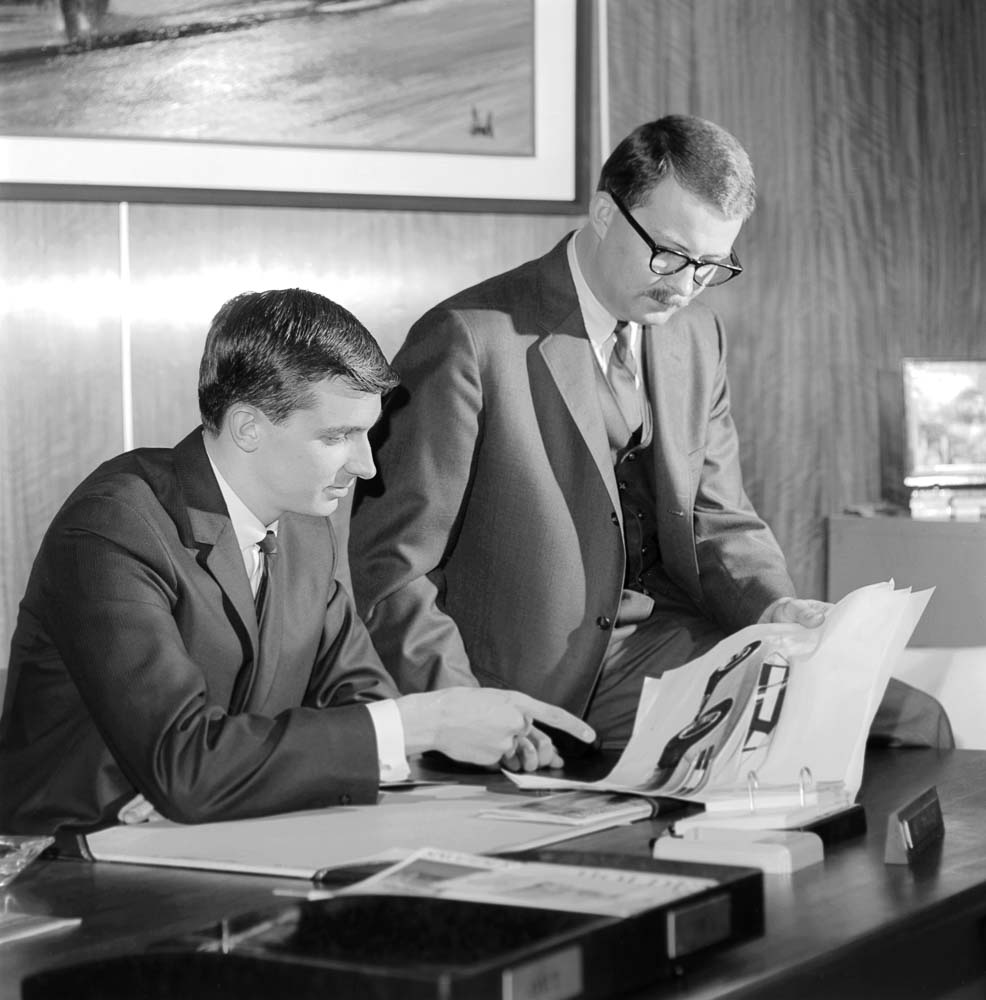
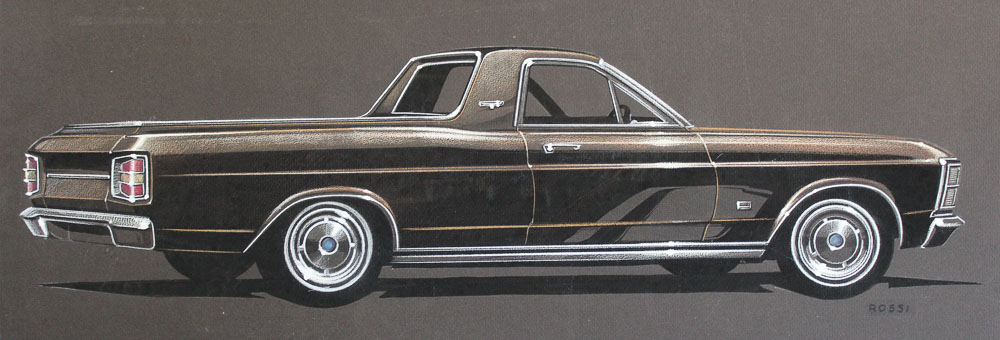
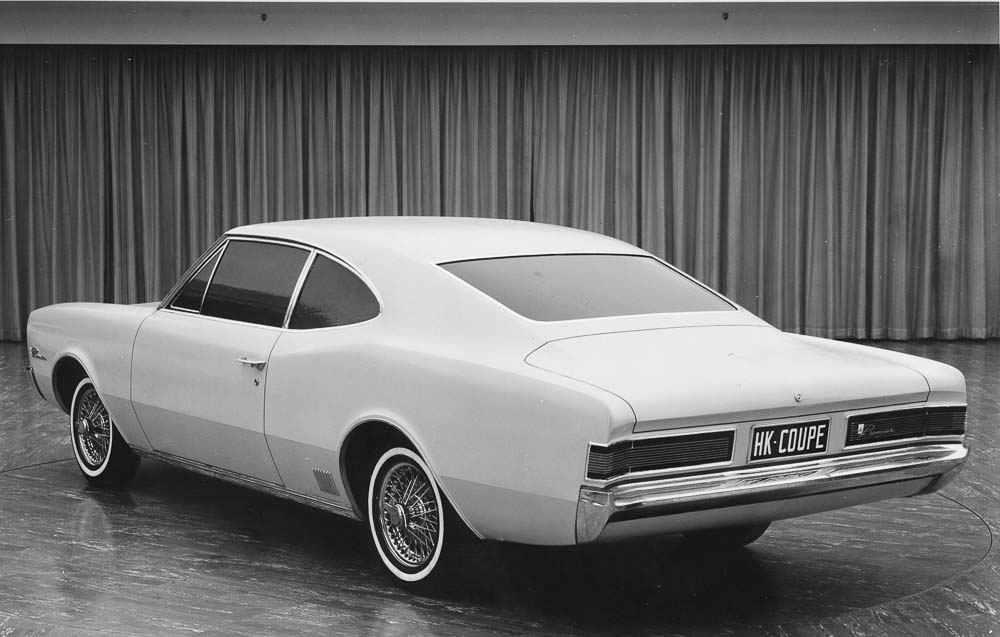
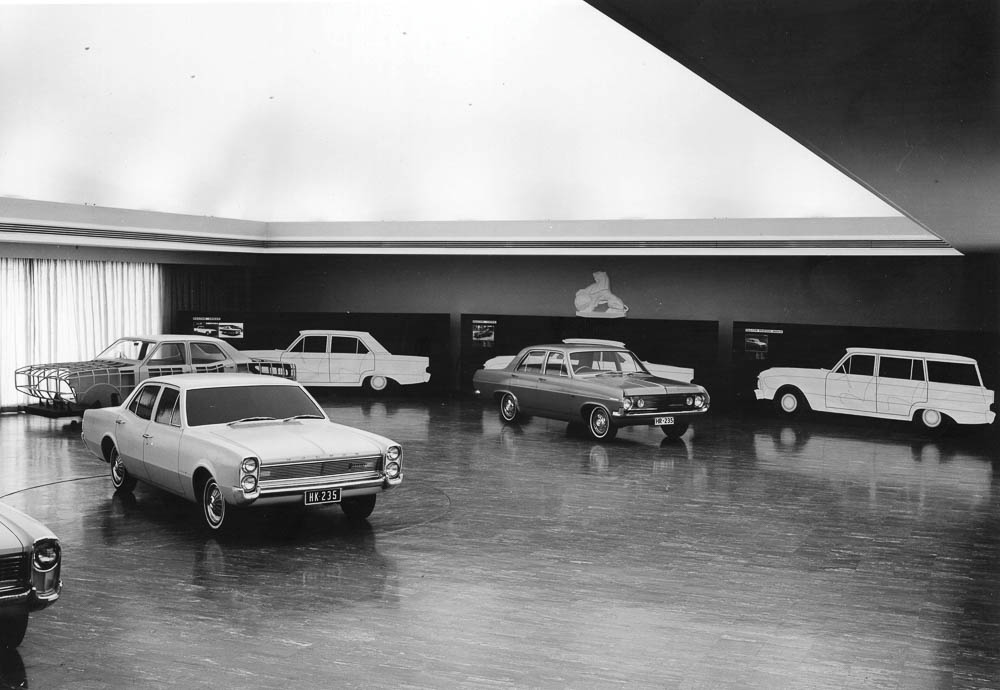
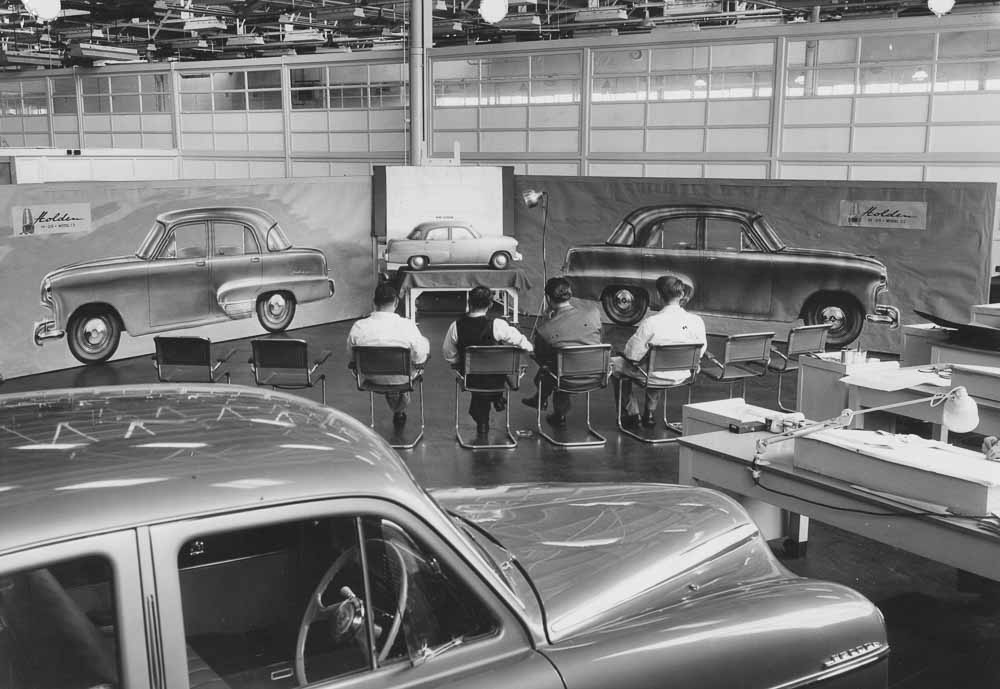
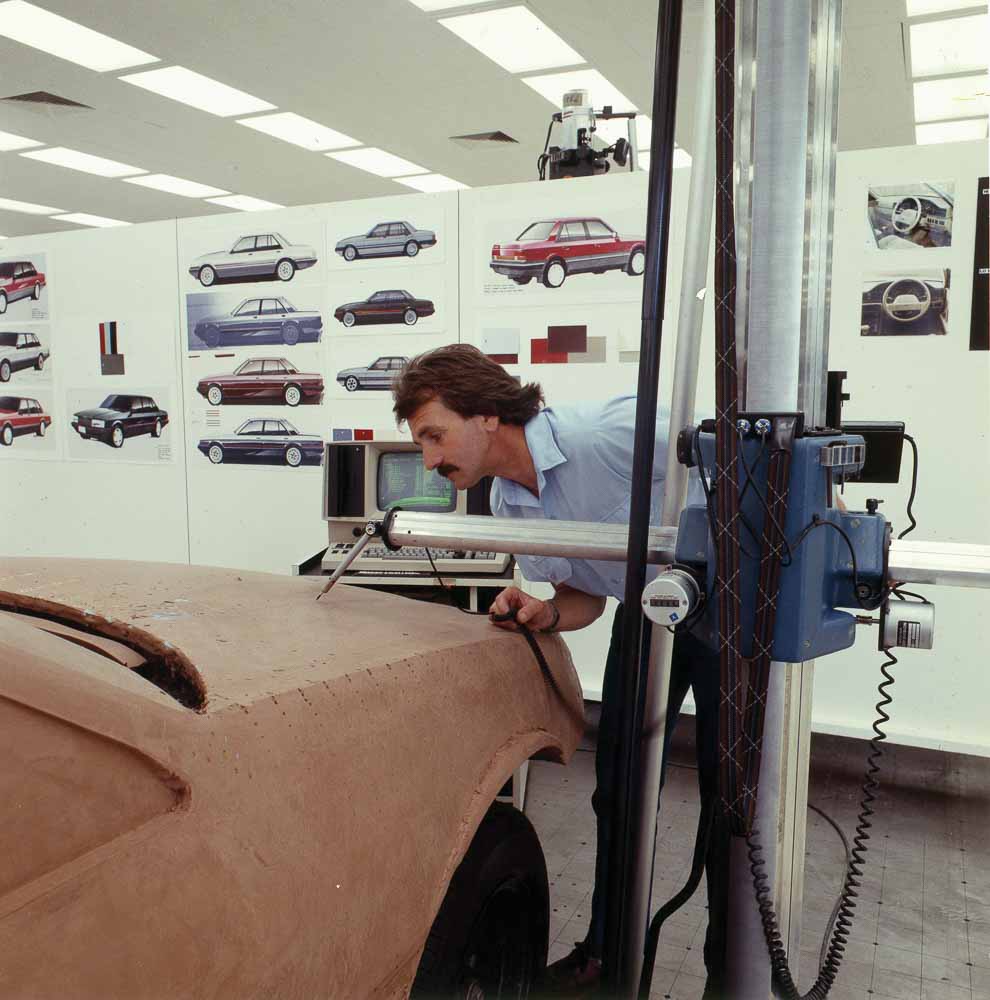
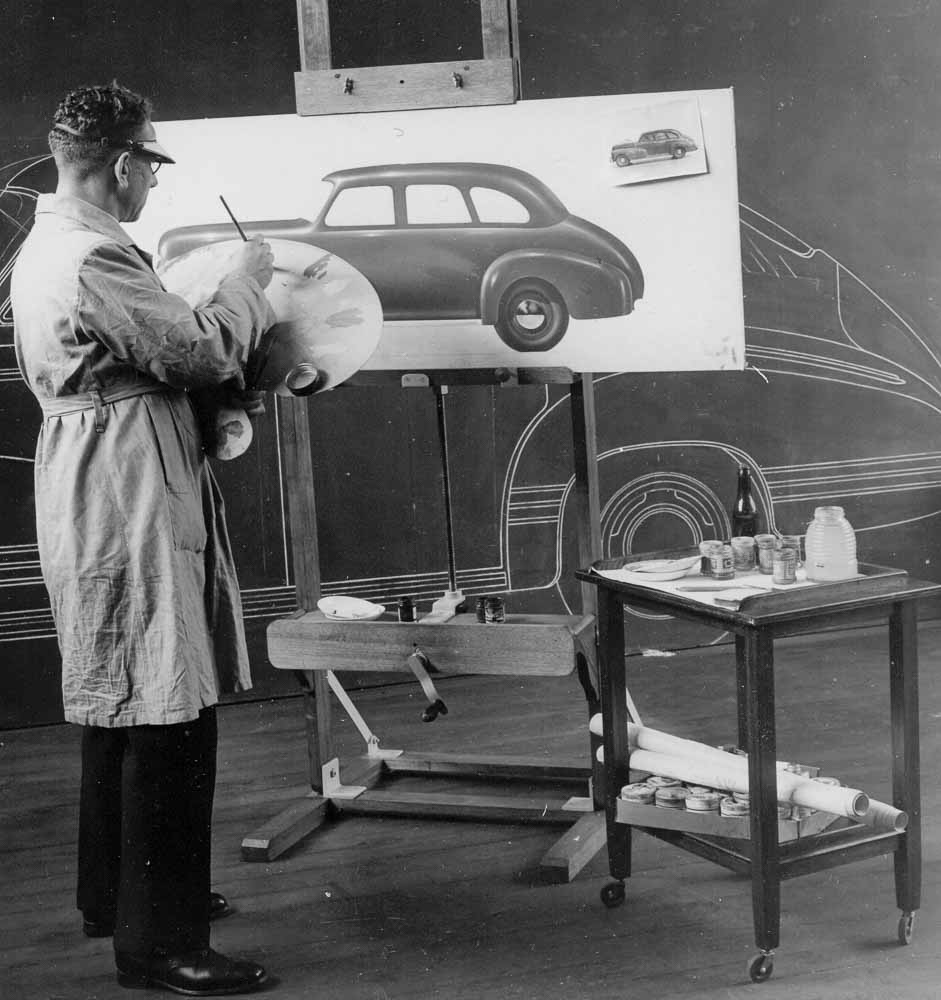
Great book review Gary. Congratulations to Paul for completing this epic book. A lot of hard work went into maintaining the Automotive industry in Australia because profits always depended on exports and domestic sales to get the volumes up. I worked with Paul for 5 years at Millard Design as Chief Designer and we had international projects the whole time. The Indonesian Peoples car project consumed 3 years of our time there…trying to start a whole car manufacturing industry with them…from scratch. Cheers mate!
Looks like a very complete and interesting book.We here in North America never got much idea of the goings-on there.
I know Chrysler Atlantic and Viper designer, Bob Hubbach was there for a while and did a nice looking, performance car. I also believe Buck Mook from Ford was also there.
This should provide some great stories for an occasional Deans Garage!